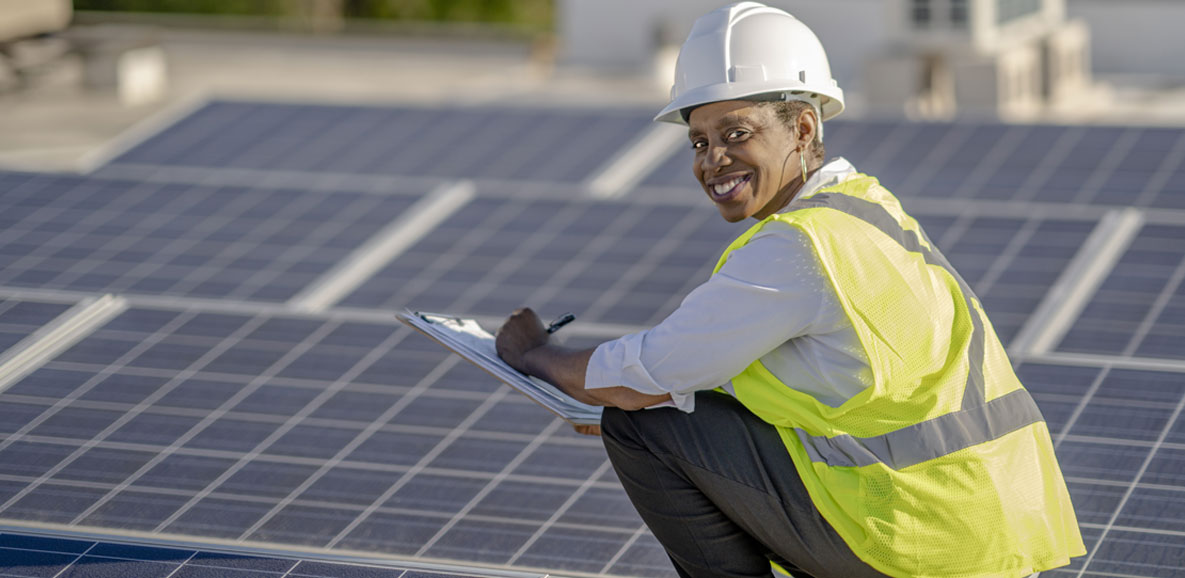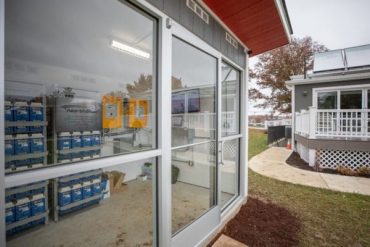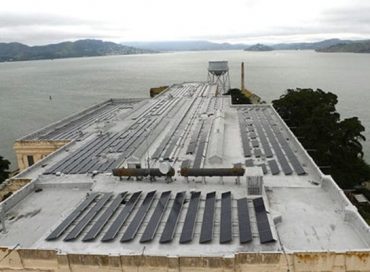
A Winning Combination: Energy Independence, Sustainability, Lead Batteries
With energy independence in the global news, it’s reassuring to know that access to wind and solar power has no geographic borders. As the U.S. Department of Energy (DOE) notes, the source of solar energy – the sun – is nearly limitless and can be accessed anywhere on earth at one time or another.
That’s something to celebrate, and we do on March 11, Solar Appreciation Day. Around the world, we recognize progress in energy independence and sustainability. We like to add “lead batteries” to that list, too. Here’s why.
Lead Batteries are Essential for Renewable Energy Storage
Lead batteries capture energy produced by the sun and provide solar energy storage for commercial solar farms, as well as residential and community-based installations. Solar facilities use the energy stored in lead batteries to reduce power fluctuations and regulate the delivery of on-demand power. Put simply, lead batteries store excess energy when demand is low and release it when demand is high, ensuring a steady supply of energy to millions of homes and businesses.
Lead Batteries Provide Residential Solar Energy Storage
Solar Appreciation Day was first celebrated in 2009. Understandably, the day’s importance has grown each year. So, too, has the role of lead batteries in renewable energy storage and, specifically, solar energy storage. Numerous case studies exist that examine how lead batteries are essential in solar applications.
- Stafford Hill Solar Farm in Rutland, Vermont, has the distinction of being the first solar microgrid funded by DOE and the first system in the country that maintains mission-critical power on renewables and storage alone for extended periods of time. Electricity Today reports that the lead-battery supported system is comprised of 7,722 solar panels on 15 acres and can generate 2.5 MW of electricity, enough to power about 2,000 homes during full sun or 365 homes year-round.
- On the campus of Missouri University of Science and Technology, the Missouri S&T Microgrid Industrial Consortium has built an advanced lead battery microgrid in the university’s Ecovillage. Two on-campus high-tech homes serve as “living laboratories” for a study in how renewable energy sources and storage will serve communities of the future. Each solar home is connected to a central microgrid.
Lead Batteries Provide Solar Power for EV Charging Stations, Too
An exciting, new application for lead batteries is their role in the transition to electric vehicles (EVs) by powering charging stations. The Edison Electric Institute estimates that more than 100,000 EV fast-charging stations will be needed to support the projected 22 million electric vehicles that will be on U.S. roads in 2030.
Helping to meet that demand is GreenCore EV Services, LLC, who recently announced an agreement with a lead battery manufacturer to provide storage batteries for thousands of Solar Electric Vehicle Charging Plazas being installed across the U.S. At least 10,000 of the EV charging plazas will be built by 2030. In making the announcement, GreenCore’s CEO praised lead battery technology.
“[Lead batteries] provide an ideal battery solution for cleaner and greener EV charging,” said Frank Baumann, CEO of GreenCore. “They enable us to harness solar electricity generated on site to minimize our impact on the world…”.
Let the Sun Shine
On Solar Appreciation Day, let’s turn our faces to the springtime sun and appreciate its powers. It warms us, lifts our spirits, and is a safe, reliable energy source whose potential knows no boundaries. The lead battery industry is proud to provide the solar energy storage needed to harness the sun’s amazing potential.







